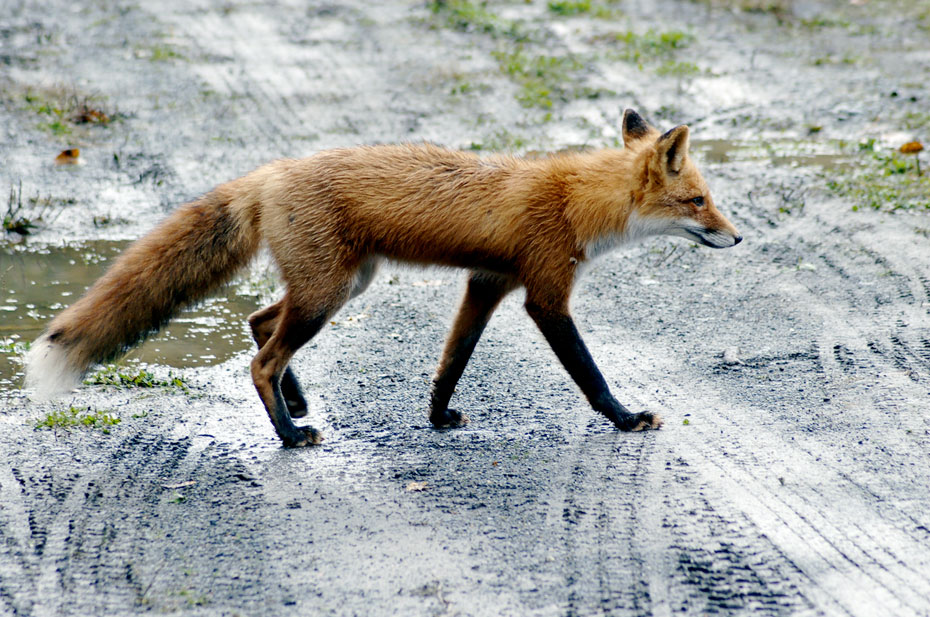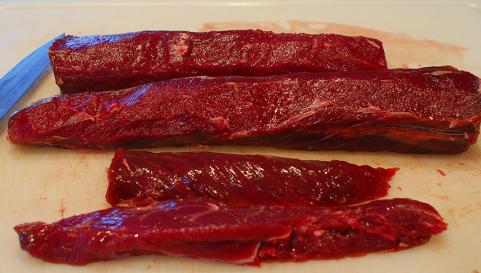Steve Frye | Mossy Oak ProStaff

Foxes are my no. 1 target when I’m predator hunting. In the area where I predator hunt, I primarily take gray foxes, although we do have a few red foxes. Of course, I’ll take other predators if I have an opportunity. I use both electronic and mouth calls. I love to make my own mouth callers, and there’s nothing I feel better about than when I can call in a predator with a mouth call I’ve made. But I also use a FoxPro electronic call from time to time.
I do take a few coyotes, depending on how much time I have to hunt, and what the coyote population seems to be every year when I’m hunting. On a bad year, I’ll take 5-10 coyotes, and on a good year, I’ll take 10-20 coyotes. I generally harvest 100 gray foxes per year and a few red foxes. We have a very limited bobcat season and can only take one bobcat per hunter each year. I also harvest 20-30 raccoons per season, but we don’t seem to have many possums. I rarely if ever see a possum when I’m predator calling.
I don’t find many landowners who understand how many turkeys and deer fawns they can save by predator hunting on their properties. Here in Pennsylvania, we’re working hard to get our buck-to-doe ratio at a more balanced level. Our does usually start dropping fawns in April, and sometimes when we’ve been out mowing fields in July, we’ll jump up fairly young fawns then. So that tells us that the does in our region are dropping their fawns later than they should be, which prolongs the time fawns are available to predators and increases how many fawns the coyotes take in a year. Most of the deer fawns will be dropped in a two-week time in a more balanced deer herd. Then the coyotes only can eat so many fawns in that time. But the longer the fawning season lasts, the longer the coyotes have to eat fawns.
We’ve been able to see improvement on both turkey and deer numbers in the areas that are heavily hunted for predators. Where I live, most of our does will have two fawns. However, in other regions where the coyote numbers are higher, you may see two fawns per doe in the early part of the season, but later on the season, that same doe will only have one fawn. So, we know those fawns are getting picked off by predators.
Pennsylvania homes a number of black bears, which are protected, and they’ll eat fawns too. So, I’m absolutely convinced that if you want to have more deer and turkeys, you’ve got to spend some time and energy removing predators off game lands you hunt.
Steve Frye of Warriors Mark, Pennsylvania, has been involved in the Mossy Oak GameKeepers program for two years and owns 17 acres. Frye hunts public lands and works for the Pennsylvania Game Commission where he’s implemented GameKeepers practices on public lands. Frye is part of the food and cover crew for Centre County, Pennsylvania.






























